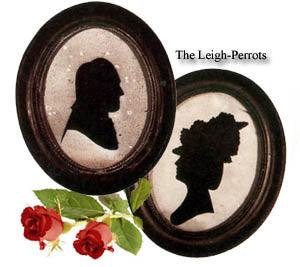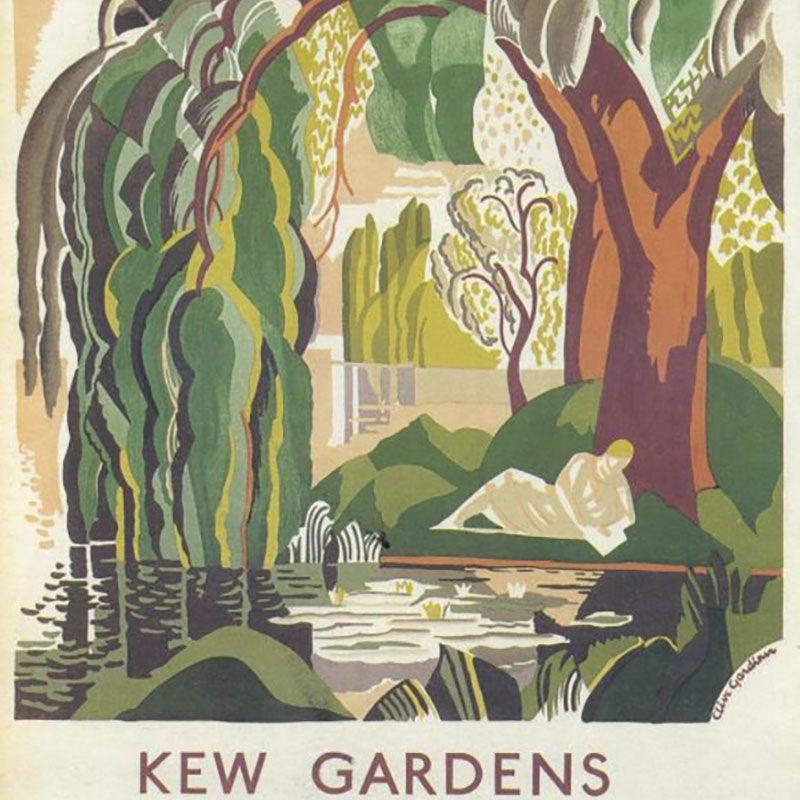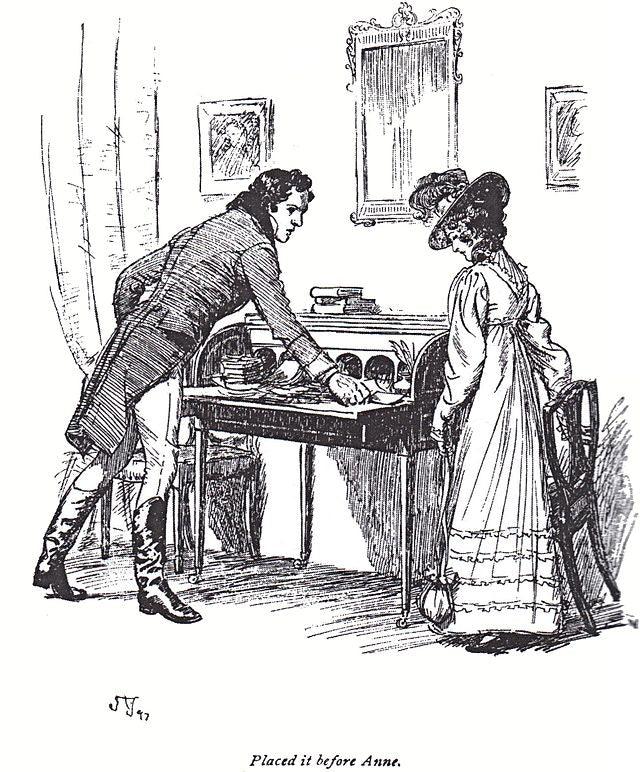
How large was No. 1, Bath Street?

(where Jane Austen’s aunt, Jane Leigh Perrot, was accused of shoplifting. Read more in a previous article by David Pugsley)
“I had imagined a big, bright, airy, shop, but what Borowitz describes is small and cramped, a 15 foot long store that narrows into what he calls a triangle at the back, where the two walls come much closer to each other. There seems to be cloth draped everywhere, such as over railings. I got more the sense of a hole in the wall in old time India rather than a bright modern shop. Maybe Dickensian would be a better term.”
Diane Reynolds (AUSTEN-L Archives, 8 September 2015.)
Was No. 1, Bath Street, really so small?
The fullest account of the affair is still MacKinnon’s Grand Larceny (1937). MacKinnon consulted the local newspapers in the public libraries in Bath and Bristol while he was Judge of Assize on the Western Circuit in the summer of 1936. They were large bound volumes, and not conveniently available. MacKinnon only used them occasionally, when he knew what he was looking for. It was out of the question to make a general search through them looking for any items which might be relevant and interesting.
Since 2011 we have the British Newspaper Archive, making available on line more than 62 million pages from more than 1,000 local newspapers. Most of them were not conveniently available before and all of them can now be consulted by word- or name- search. We can therefore easily check and, if necessary, revise the previously received wisdom about the Jane Leigh Perrot affair.
Bath Street was built in the 1790’s. In April and May 1793 there were advertisements in the Bath Chronicle for the sale of
“That Large and Commodious New-built House,
No. 1, BATH STREET
Five rooms upon a floor. It’s being so centrical, and standing between the two Baths, and so near the Pump Room, renders its situation (beyond a doubt) one of the first in this city.
The said house is let, to very responsible tenants, on a running lease, at the yearly rent of £168.”
With five rooms upon a floor it is clear that the ground floor was much larger than the shop described by Borowitz.
In May and July 1795 there were advertisements for Gregory and Co at no. 1, presumably Mary and Elizabeth Gregory.
In January 1796, under the headline
MUSLIN, RIBBON, GLOVE, and FUR WAREHOUSE,
William Smith announced that he had moved from no. 13 to no. 1, Bath Street and joined his wife, formerly Mary Gregory. The advertisement continued: “As many mistakes have happened, Ladies are requested to observe that W Smith’s Warehouse is No. 1 and that he has no connection with any other house. N.B. A Shop with Apartments to be let in the most eligible part of Bath Street.”
No. 1, Bath Street was not only a shop, it was also a Warehouse. And the word, Warehouse, appears frequently in the advertisements in the Bath Chronicle until 21 January 1808 when Mary Smith retired. Indeed in three advertisements in 1801 it appears as Fur and Lace Warehouse wholesale and retail. There was much more there than the shop.
Aunt Jane described her visit to Bath Street in a letter to her cousin, Mountague Cholmeley, on 11 September 1799:
“It is now five Weeks since I went into Smith’s, a Haberdashers in Bath Street, to buy some black Lace to trim a Cloak; when I had bought it the Shopman took it to the further part of the shop to put it up --- this might have struck me as something particular had I not given the Man a £5 note to pay himself and bring me the difference --- when he left me I turned from the counter to the door to catch my Goodman who in going to drink his Water generally passed that way. When the Man brought me my Change and the Parcel I left the Shop carrying the Parcel in my hand.”
Later that afternoon, 8 August 1799, Elizabeth Gregory and Charles Filby, the shopman, went to the Town Hall to lay an information before the magistrates. They could not see the Mayor and the magistrates because of soldiers passing through the city on their way from Co Cork to Holland, but they saw the Town Clerk and the Deputy Town Clerk and related all the circumstances to them. Their story was taken down in writing and sent to John Morris, KC, for counsel’s opinion. He had been one of the leading barristers on the Western Circuit and had recently retired to no. 8, Bladud’s Buildings, just below Paragon Buildings, because of his health. We do not have a copy of his opinion, but in a letter to James Leigh Perrot on 5 April 1800 he said that he was fully convinced of her innocence [Aunt Jane’s] even from the accusation itself.
“He was satisfied of her innocence as soon as he knew the evidence originally given against her [that is, on or soon after 8 August, and in any case before 14 August]. He could not suffer his estimate of evidence (which his long professional habits had given him some pretensions to form) to be borne down by the common babbling and scandal of people neither able to judge nor willing to enquire into the truth.”
We do, however, have some information about the content of his opinion in two letters to Jane Leigh Perrot from Lady Elford on 20 January and from Mrs Foley on 11 February 1800. “It is generally the custom to fold up the Article bought upon the very spot, but this fellow carried it into another Shop. This of itself shows his meaning.” “He is convinced that you are the last Person who would do an unjust action, & besides if anyone will take the trouble of studying the Evidence they must discover that the evident Design has been to extort a Sum of money to support the falling credit of that infamous set of fraudulent Shopkeepers.”
On 29 October 1799, one RW, an employee of William Gye, the printer, but not otherwise identified, wrote a long letter to James Leigh Perrot. An abbreviated version was published by MacKinnon. The complete text was published as An Enlightening Letter regarding the Leigh Perrot Shoplifting Case. The shop had a back office. That confirms the information from Aunt Jane and John Morris. While Aunt Jane was being served by Elizabeth Gregory and Charles Filby and the remainder of the black lace was being put away by Sarah Raines, there was a lady sitting in the back office waiting the writing of her bill and presumably being served by Miss Leeson, the shopwoman. The lady said that Filby came in to fold up the black lace in a parcel. That was what Filby and Gregory told the Town Clerk and the Deputy Town Clerk on Thursday 8 August. That was the account criticised by John Morris: see the previous paragraph, particularly the letter from Lady Elford.
Filby therefore changed his story in his deposition before the Magistrates on Wednesday 14 August. He had already made one change. He had told the Town Clerk that Aunt Jane “took the change, saw that it was right, & put it in a morrocco pocket purse.” John Morris commented: “In putting her money into her purse she must have used both hands, what prevented the Card of white lace from falling?” In his deposition before the Magistrates the morrocco pocket purse has disappeared. He simply said: “Aunt Jane took up the change in her right hand in which the black lace was.” And under cross-examination he went further: “Mrs Leigh Perrot did not put the change, which Witness brought to her, into a purse – he is certain of this.” And the apprentice, Sarah Raines, also said that “she did not see any purse in Mrs Leigh Perrot’s hand while she was in the shop.”
Like the morrocco pocket purse, the back office disappeared between the two accounts. In his deposition Filby said that “he wrapped up the black lace in the usual way and swears that he delivered it to Mrs Leigh Perrot so folded, and she gave him in return a five pound bank note, and desired to have change for it.” The lady in the back office had a husband (one of the most truly respectable Inhabitants of this City, according to RW) who said that “he had heard that Filby had deposed (that is, before the Magistrates) that he folded up the paper, with the Lace which she had bought, and delivered it to her as she stood in the Shop. How could this agree with their wishing his Wife to swear that she saw him fold it up in the back office in which Mrs P had never been? From the very first View the Fraud was discoverable.”
When the back office disappeared from the story everything had to happen inside the shop itself and there were consequential amendments that needed to be made in the depositions. When Aunt Jane came into the shop we know where Charles Filby was, at the top end of the counter, and where Elizabeth Gregory was, at the bottom end of the counter. But Elizabeth Gregory said that there were two other members of staff, Sarah Raines, the apprentice, and Miss Leeson, the shopwoman. Where were they when Aunt Jane walked in? The first mention of Sarah Raines is when Miss Gregory “called to her” to clear away the black lace box which she had left at the bottom of the left hand counter. If Raines was sitting next to her, or close to her, she would not call to her, she would simply tell her to put away the black lace. But if she was in the back office or the warehouse, she would need to call to her to get her attention. In her deposition Miss Gregory does not tell us anything about Miss Leeson. In his deposition Filby said that “Miss Raines and Miss Leeson were in the shop when Prisoner [Aunt Jane] left it.” He did not say where they were when she came in. If they were all together at the bottom of a small shop it will have been very crowded.
In cross-examination Filby said that, when Miss Gregory went down to her dinner, “Miss Raines was at the bottom of the shop working with her needle, and Miss Leeson was behind some muslin at the bottom of the shop with her back towards Mrs Leigh Perrot.” In that case she had her back to the daylight, but he was not pressed on that point.
At the beginning of the trial at Taunton Assizes in March 1800 the prosecution produced a plan of Miss Gregory’s shop which was reproduced in Pinchard’s report. The plan contains capital letters to help people to understand the oral evidence. It was prepared by Charles Filby and probably printed by William Gye. It shows where Gregory and Filby were when Aunt Jane walked in. It does not show where Sarah Raines and Miss Leeson were. If they were in the back office or the warehouse they could not appear on the plan of the shop. When the back office disappeared from the story, they should have been mentioned in the depositions and shown on the plan in the shop. Filby had not thought that far.
David Pugsley is the Hon Archivist of the Western Circuit, an organisation for barristers between Gloucester and Winchester and Land’s End. He gives talks and writes articles about the history of colourful barristers and leading criminal cases, mainly murders, and the law of duelling in the area of the Circuit. He read Emmawith a lawyer’s critical eye, looking at the evidence. He would have liked to cross-examine Augusta Elton.
If you don't want to miss a beat when it comes to Jane Austen, make sure you are signed up to the Jane Austen newsletter for exclusive updates and discounts from our Online Gift Shop.
1 Albert Borowitz, Crimes Gone By (2016) 304, first published in Chilling and Killing (1978). Borowitz’s description is taken from Elizabeth Gregory’s deposition in Pinchard’s report, pp. 4-5.
2 Her assistant, Miss Joanna Cole, took over the business: Bath Chronicle, 21 January 1808 (3c).
3 Somerset & Dorset Notes & Queries, March 1924, p. 4. Omitted in MacKinnon, Grand Larceny (1937), p. 20.
4 MacKinnon, p. 121.
5 MacKinnon, pp. 58-59.
6 MacKinnon, pp. 26-7.
7 Jane Austen Blog, 15 August 2021.
8 Pinchard, 23-4.



Leave a comment
This site is protected by reCAPTCHA and the Google Privacy Policy and Terms of Service apply.